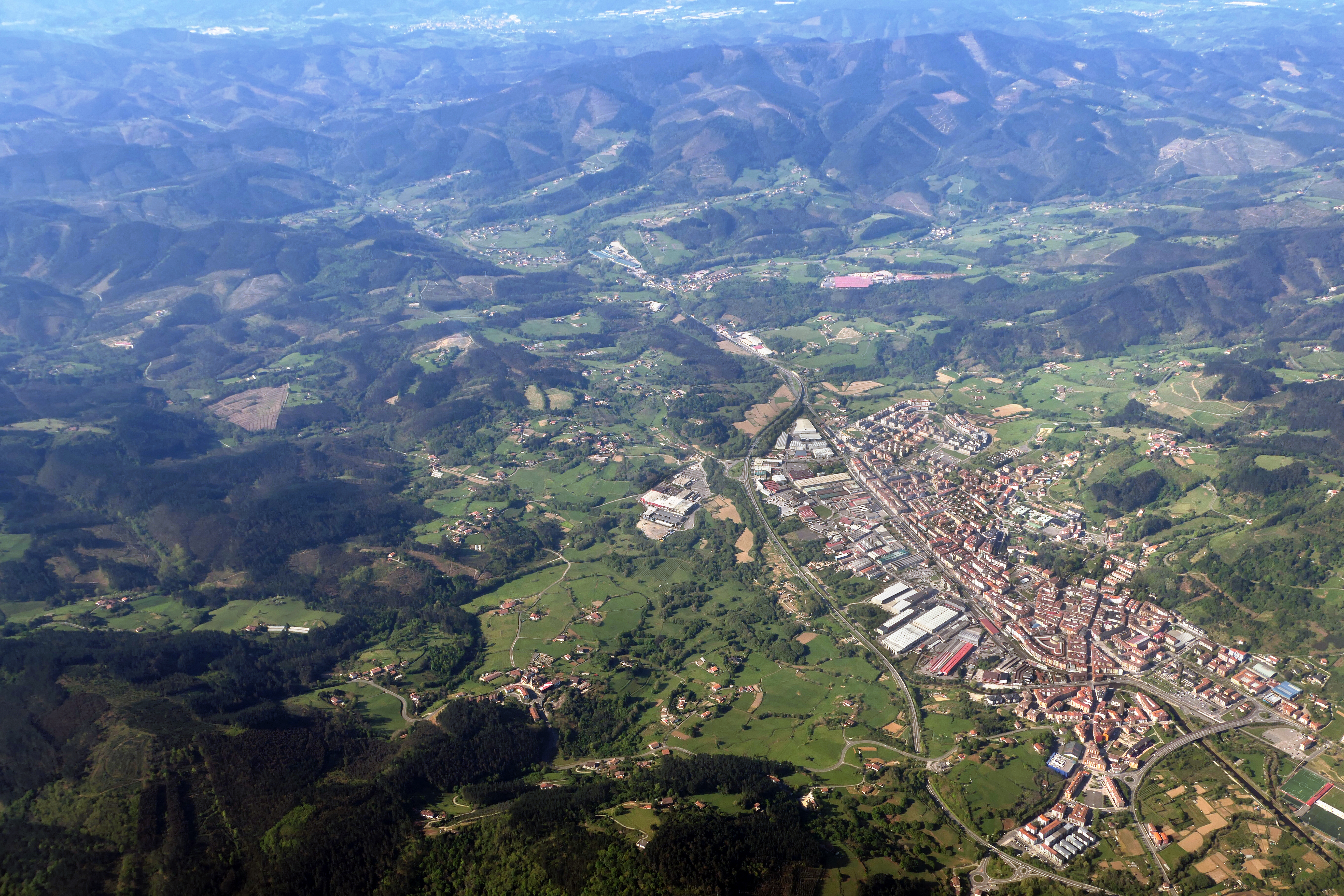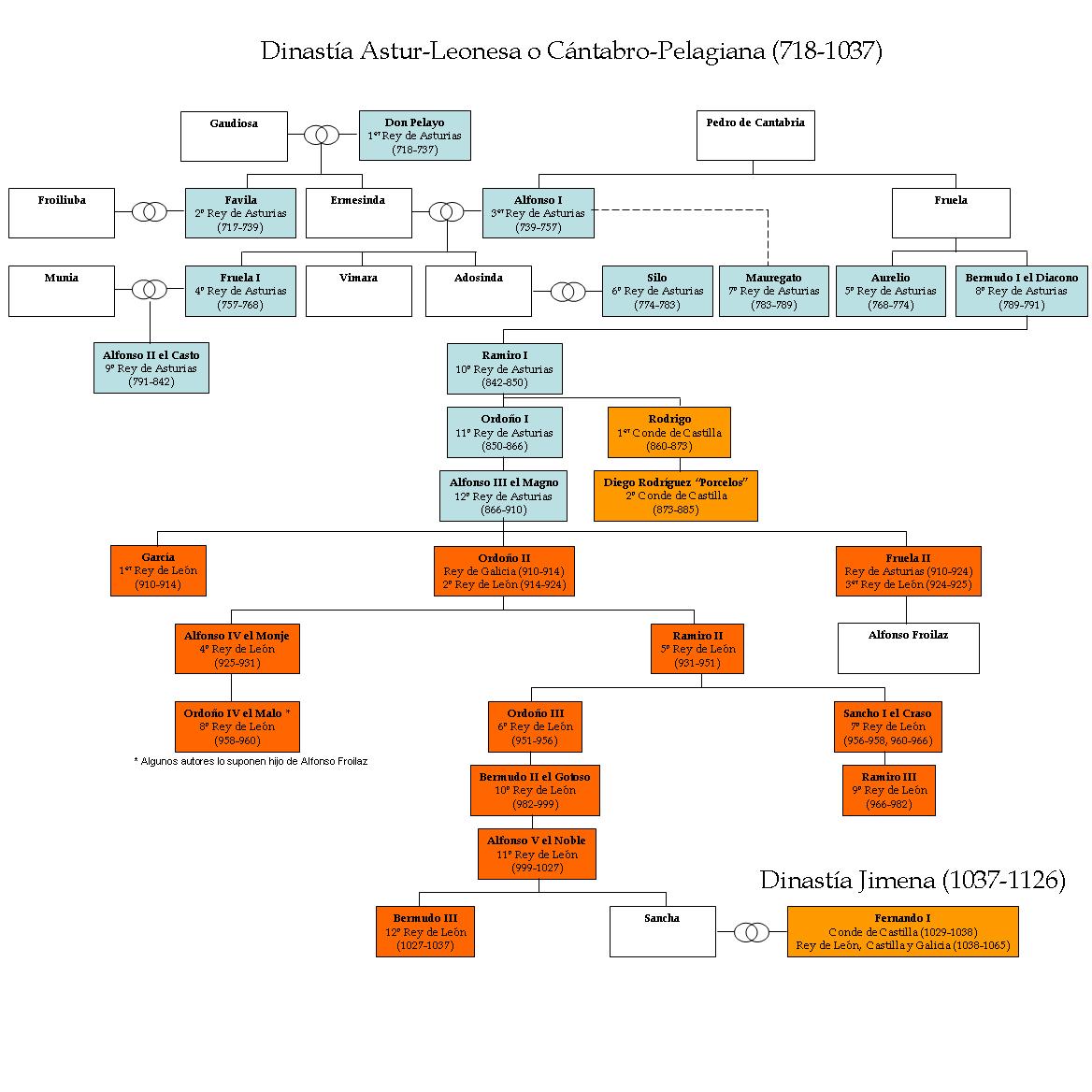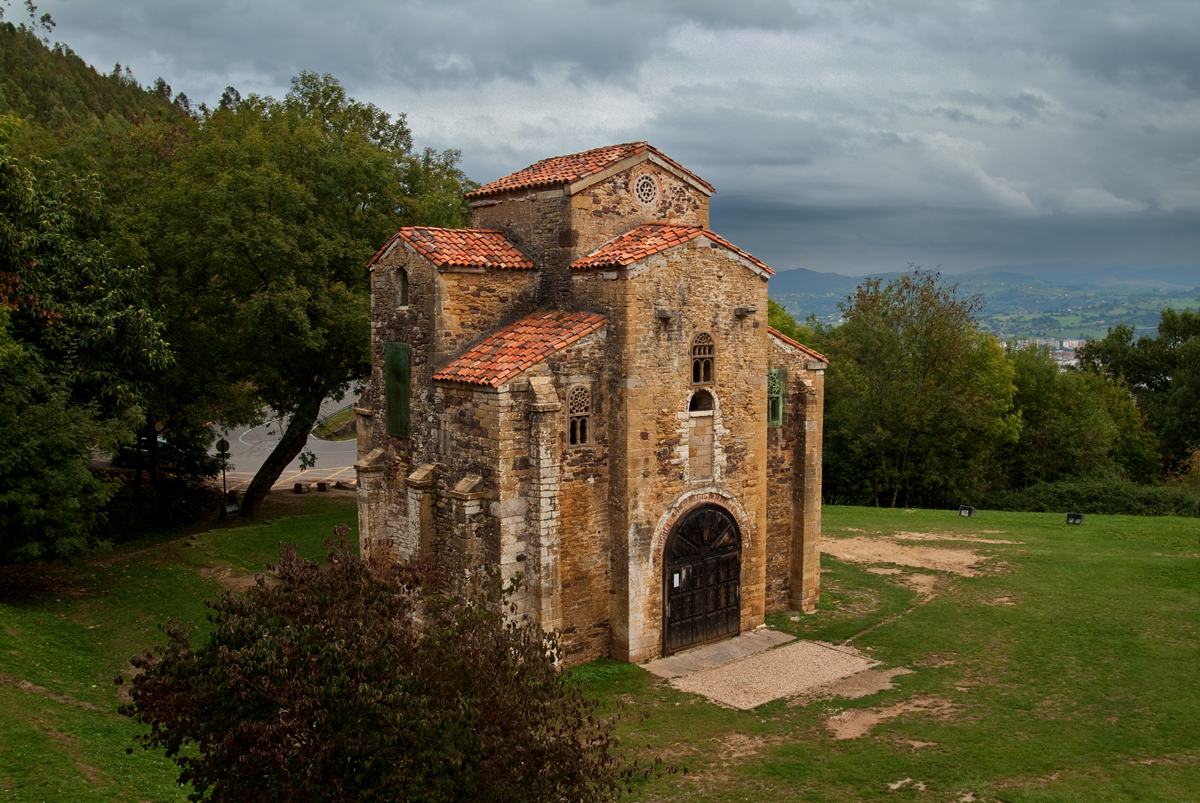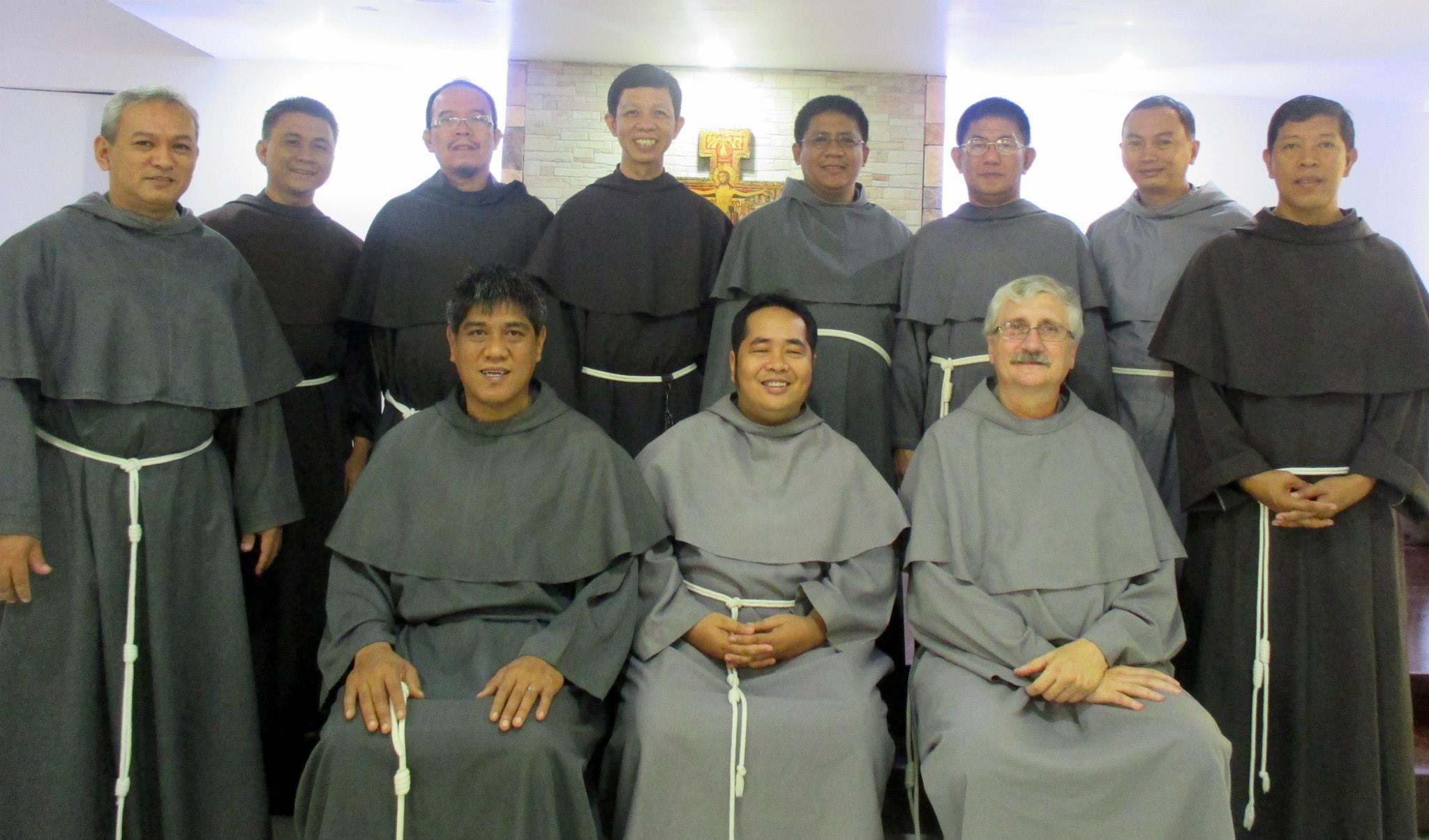|
Ajangiz
Ajangiz () is a town and municipality in the province of Biscay, in the Basque Country. It is located in the Busturialdea comarca, and was part of the municipality of Gernika-Lumo between 1940 and 1991. Etymology ''Ajangiz'' is one of the Basque toponyms with an ''-iz'' suffix. Julio Caro Baroja argued that most of these toponyms come from the Latin suffix ''-icus''. According to Baroja, Ajangiz might come from a patronymic form of ''Allianus'', a documented Latin name, which would become ''Allianicus'' with the -icus suffix and ''Allianici'' when referring to the descendants of Allianus. The oldest reference to the town is ''Axanguiz'', which might have evolved from Allianici; ''Allianici'' → ''Axianici'' → ''Axanguici'' → ''Axanguiz''. History The Busturialdea region was heavily inhabited during the prehistory by groups of farmers and livestock farmers during the Neolithic and the Bronze Age (between 5500 and 2800 BC), proved by the archeological sites found across ... [...More Info...] [...Related Items...] OR: [Wikipedia] [Google] [Baidu] |
Busturialdea
Busturialdea, also named ''Busturialde - Urdaibai'' is a comarca of the province of Biscay, in the Basque Country, Spain. It is the heir of "Busturia", one of the original '' merindades'' that used to compose the province of Biscay – this should not be confused with Busturia, a municipality located in this region. Busturialdea is a diminished portion of the same original subregion and has two capital cities; Bermeo and Gernika-Lumo. It is one of the seven ''comarcas'' that compose the province of Biscay. History Busturia used to be one of the ''merindades'' of Biscay and included a larger territory than the current one of Busturialdea, as it reached the province of Gipuzkoa. Busturialdea was historically the core of Biscay: the capitals of the province, Bermeo and Gernika, were located in it; the village of Mundaka, also belonging to this region, had the privilege of speaking always first in the sessions of its parliament and for some time, the harbour of Bermeo was t ... [...More Info...] [...Related Items...] OR: [Wikipedia] [Google] [Baidu] |
Guernica
Guernica (, ), officially Gernika () in Basque, is a town in the province of Biscay, in the Autonomous Community of the Basque Country, Spain. The town of Guernica is one part (along with neighbouring Lumo) of the municipality of Gernika-Lumo (), whose population is 16,224 . On April 26, 1937, Guernica was bombed by Nazi Germany's Condor Legion and Fascist Italy's Aviazione Legionaria, in one of the first aerial bombings. The attack inspired Pablo Picasso's painting '' Guernica'', depicting his outrage at the attack. Location The village is situated in the region of Busturialdea, in the valley of the Oka river. The river ends in an estuary that gives its name to the village of Guernika. Its mouth is known as the Urdaibai's estuary's heart. Gernika borders on the following townships: * North: Forua, Kortezubi and Arratzu * East: Ajangiz * South: Muxika * West: Errigoiti History 1366-1936 The town of Guernica was founded by Tello Alfonso, Lord of Biscay, on Apri ... [...More Info...] [...Related Items...] OR: [Wikipedia] [Google] [Baidu] |
Municipalities Of Spain
The municipality (, , , , , )In other languages of Spain: *Catalan language, Catalan/Valencian (), grammatical number, sing. . *Galician language, Galician () or (), grammatical number, sing. /. *Basque language, Basque (), grammatical number, sing. . *Asturian language, Asturian (), grammatical number, sing. . is one of the two fundamental territorial divisions in Spain, the other being the Provinces of Spain, provinces. Organisation Although provinces of Spain, provinces are groupings of municipality, municipalities, there is no implied hierarchy or primacy of one over the other. Instead the two entities are defined according to the authority or jurisdiction of each (). Some autonomous communities also group municipalities into entities known as ''comarcas of Spain, comarcas'' (districts) or ''mancomunidades'' (commonwealths). The governing body in most municipalities is called ''Ayuntamiento (Spain), ayuntamiento'' (municipal council or municipal corporation, corpora ... [...More Info...] [...Related Items...] OR: [Wikipedia] [Google] [Baidu] |
Latin
Latin ( or ) is a classical language belonging to the Italic languages, Italic branch of the Indo-European languages. Latin was originally spoken by the Latins (Italic tribe), Latins in Latium (now known as Lazio), the lower Tiber area around Rome, Italy. Through the expansion of the Roman Republic, it became the dominant language in the Italian Peninsula and subsequently throughout the Roman Empire. It has greatly influenced many languages, Latin influence in English, including English, having contributed List of Latin words with English derivatives, many words to the English lexicon, particularly after the Christianity in Anglo-Saxon England, Christianization of the Anglo-Saxons and the Norman Conquest. Latin Root (linguistics), roots appear frequently in the technical vocabulary used by fields such as theology, List of Latin and Greek words commonly used in systematic names, the sciences, List of medical roots, suffixes and prefixes, medicine, and List of Latin legal terms ... [...More Info...] [...Related Items...] OR: [Wikipedia] [Google] [Baidu] |
Elizate
An (), () is an early form of local government in the Basque Country which was particularly common in Biscay but also existed in the other provinces. The terms (in Standard Basque) and (in Biscayan) literally translate as "church door" ( "church" + "door"). The Spanish term translates as "before hechurch" or "parvise". The peculiar name derives from the Basque custom where the family heads of a settlement connected to a particular parish would gather after mass at the entrance or portico of the church to make decisions regarding issues affecting their community. Their medieval history is closely linked to the emergence of the ''Batzar Nagusiak'' or "Grand Meetings", especially those of Biscay and Gipuzkoa ('' Juntas Generales de Vizcaya/Guipúzcoa'' in Spanish) and the establishment of parochial churches. Each ''elizate'' would elect a representative who would represent the ''elizate'' at a ''Batzar Nagusia'', so the ''elizate'' represents an early form of local democracy. T ... [...More Info...] [...Related Items...] OR: [Wikipedia] [Google] [Baidu] |
War Of The Bands
The War of the Bands (, ) was a civil war, really an extended series of blood feuds, in the western Basque Country (historical territory), Basque Country, Cantabria, Duchy of Gascony, Gascony, and Kingdom of Navarre, Navarre in the Late Middle Ages. The main primary source for the War is ''Las Bienandanças e fortunas'' by Lope García de Salazar, written ''c''.1471. The war is named after the aristocratic networks of familial alliances and their armed followings, known as ''bandos'' (bands), that carried out constant wars for power and honour across three kingdoms. The wars ceased only with the imposition of royal authority under Ferdinand II of Aragon and Isabella I of Castile, Isabella of Castile, the Catholic Monarchs. The wars resulted partly from the destabilising effect of the Castilian Civil War and the ensuing political weakness of the House of Trastámara. That the Seniory of Biscay effectively ceased to exist after 1370 and was subsumed in 1379 into Castile only exace ... [...More Info...] [...Related Items...] OR: [Wikipedia] [Google] [Baidu] |
Kingdom Of Asturias
The Kingdom of Asturias was a kingdom in the Iberian Peninsula founded by the nobleman Pelagius who traditionally has been described as being of Visigothic stock. Modern research is leaning towards the view that Pelagius was of Hispano-Roman origins. The Kingdom of Asturias was the first Christian political entity to be established in the Iberian Peninsula after the Umayyad conquest of Visigothic Hispania in 711-718. In the Summer of 722,Amy G. Remensnyder, ''La Conquistadora: The Virgin Mary at War and Peace in the Old and New Worlds'', (Oxford University Press, 2014), 23. Pelagius defeated an Umayyad army at the Battle of Covadonga, in what is retroactively regarded as the beginning of the Christian ''Reconquista''. The Asturian kings would occasionally make peace with the Muslims, particularly at times when they needed to pursue their other enemies, mainly rebel Basques and Galicians. Thus Fruela I (757–768) fought Muslims but also defeated the Basques and Galicians, ... [...More Info...] [...Related Items...] OR: [Wikipedia] [Google] [Baidu] |
List Of Asturian Monarchs
This is a list of the rulers of the Kingdom of Asturias, a kingdom in the Iberian Peninsula during the Early Middle Ages. It originated as a refuge for Visigothic nobles following the conquest of Iberia by the Umayyad Caliphate. Following the forced abdication of Alfonso III by his sons in 910, the kingdom was split into three: Asturias, León, and Galicia. All three were reunited in 924 under the Kingdom of León. For later kings, see the list of Leonese monarchs and the list of Galician monarchs. From 1388, the title Prince of Asturias has been used for the heirs to the Castillian and Spanish thrones. List Timeline ImageSize = width:600 height:550 #Tamaño de la imagen: ancho, alto PlotArea = width:50 height:530 left:50 bottom:10 #Tamaño de la gráfica en sí dentro de la imagen: ancho, alto, margen izquierdo, margen derecho DateFormat = yyyy #Formato de fechas= y-cifra de año, m-cifra de mes, d-cifra de día. Period = from:718 till:927 #Período de tiempo r ... [...More Info...] [...Related Items...] OR: [Wikipedia] [Google] [Baidu] |
Oviedo
Oviedo () or Uviéu (Asturian language, Asturian: ) is the capital city of the Principality of Asturias in northern Spain and the administrative and commercial centre of the region. It is also the name of the municipality that contains the city. Oviedo is located approximately southwest of Gijón and southeast of Avilés, both of which lie on the shoreline of the Bay of Biscay. Oviedo's proximity to the ocean of less than in combination with its elevated position with areas of the city more than 300 metres above sea level causes the city to have a maritime climate, in spite of its not being located on the shoreline itself. History The Kingdom of Asturias began in 720, with the Visigothic aristocrat Pelagius of Asturias, Pelagius's (685–737) revolt against the Muslims who at the time were occupying most of the Iberian Peninsula. The Umayyad conquest of Hispania, Moorish invasion that began in 711 had taken control of most of the peninsula, until the revolt in the nort ... [...More Info...] [...Related Items...] OR: [Wikipedia] [Google] [Baidu] |
Friar
A friar is a member of one of the mendicant orders in the Catholic Church. There are also friars outside of the Catholic Church, such as within the Anglican Communion. The term, first used in the 12th or 13th century, distinguishes the mendicants' itinerant apostolic character, exercised broadly under the jurisdiction of a superior general, from the older monastic orders' allegiance to a single monastery formalized by their vow of stability. A friar may be in holy orders or be a non-ordained brother. The most significant orders of friars are the Dominicans, Franciscans, Augustinians, and Carmelites. Definition Friars are different from monks in that they are called to the great evangelical counsels (vows of poverty, chastity, and obedience) in service to society, rather than through cloistered asceticism and devotion. Whereas monks live in a self-sufficient community, friars work among laypeople and are supported by donations or other charitable support. Monks or nuns m ... [...More Info...] [...Related Items...] OR: [Wikipedia] [Google] [Baidu] |
Bronze Age
The Bronze Age () was a historical period characterised principally by the use of bronze tools and the development of complex urban societies, as well as the adoption of writing in some areas. The Bronze Age is the middle principal period of the three-age system, following the Stone Age and preceding the Iron Age. Conceived as a global era, the Bronze Age follows the Neolithic, with a transition period between the two known as the Chalcolithic. The final decades of the Bronze Age in the Mediterranean basin are often characterised as a period of widespread societal collapse known as the Late Bronze Age collapse (), although its severity and scope are debated among scholars. An ancient civilisation is deemed to be part of the Bronze Age if it either produced bronze by smelting its own copper and alloying it with tin, arsenic, or other metals, or traded other items for bronze from producing areas elsewhere. Bronze Age cultures were the first to History of writing, develop writin ... [...More Info...] [...Related Items...] OR: [Wikipedia] [Google] [Baidu] |
Neolithic
The Neolithic or New Stone Age (from Ancient Greek, Greek 'new' and 'stone') is an archaeological period, the final division of the Stone Age in Mesopotamia, Asia, Europe and Africa (c. 10,000 BCE to c. 2,000 BCE). It saw the Neolithic Revolution, a wide-ranging set of developments that appear to have arisen independently in several parts of the world. This "Neolithic package" included the History of agriculture, introduction of farming, domestication of animals, and change from a hunter-gatherer lifestyle to one of sedentism, settlement. The term 'Neolithic' was coined by John Lubbock, 1st Baron Avebury, Sir John Lubbock in 1865 as a refinement of the three-age system. The Neolithic began about 12,000 years ago, when farming appeared in the Epipalaeolithic Near East and Mesopotamia, and later in other parts of the world. It lasted in the Near East until the transitional period of the Chalcolithic (Copper Age) from about 6,500 years ago (4500 BCE), marked by the development ... [...More Info...] [...Related Items...] OR: [Wikipedia] [Google] [Baidu] |







